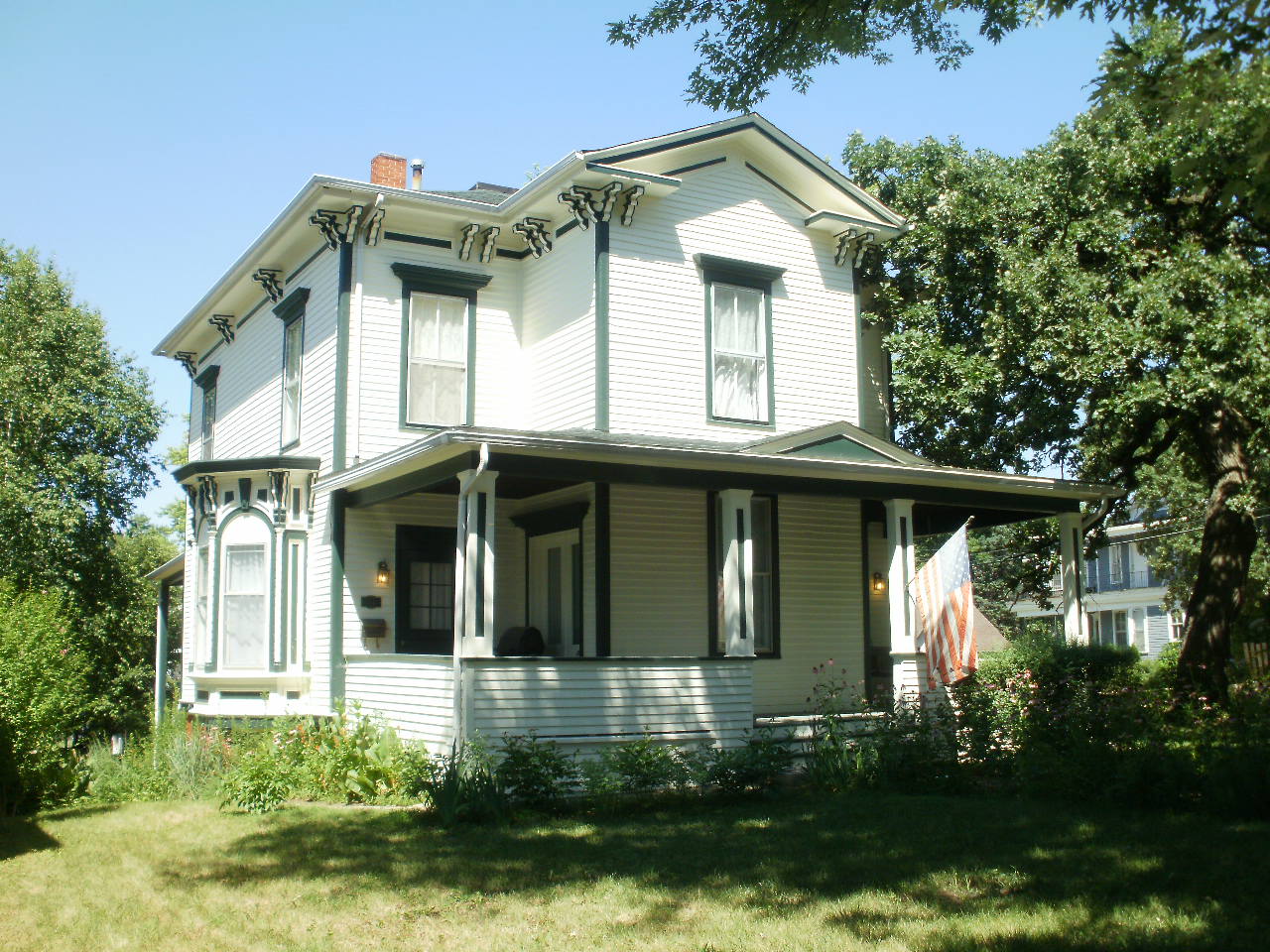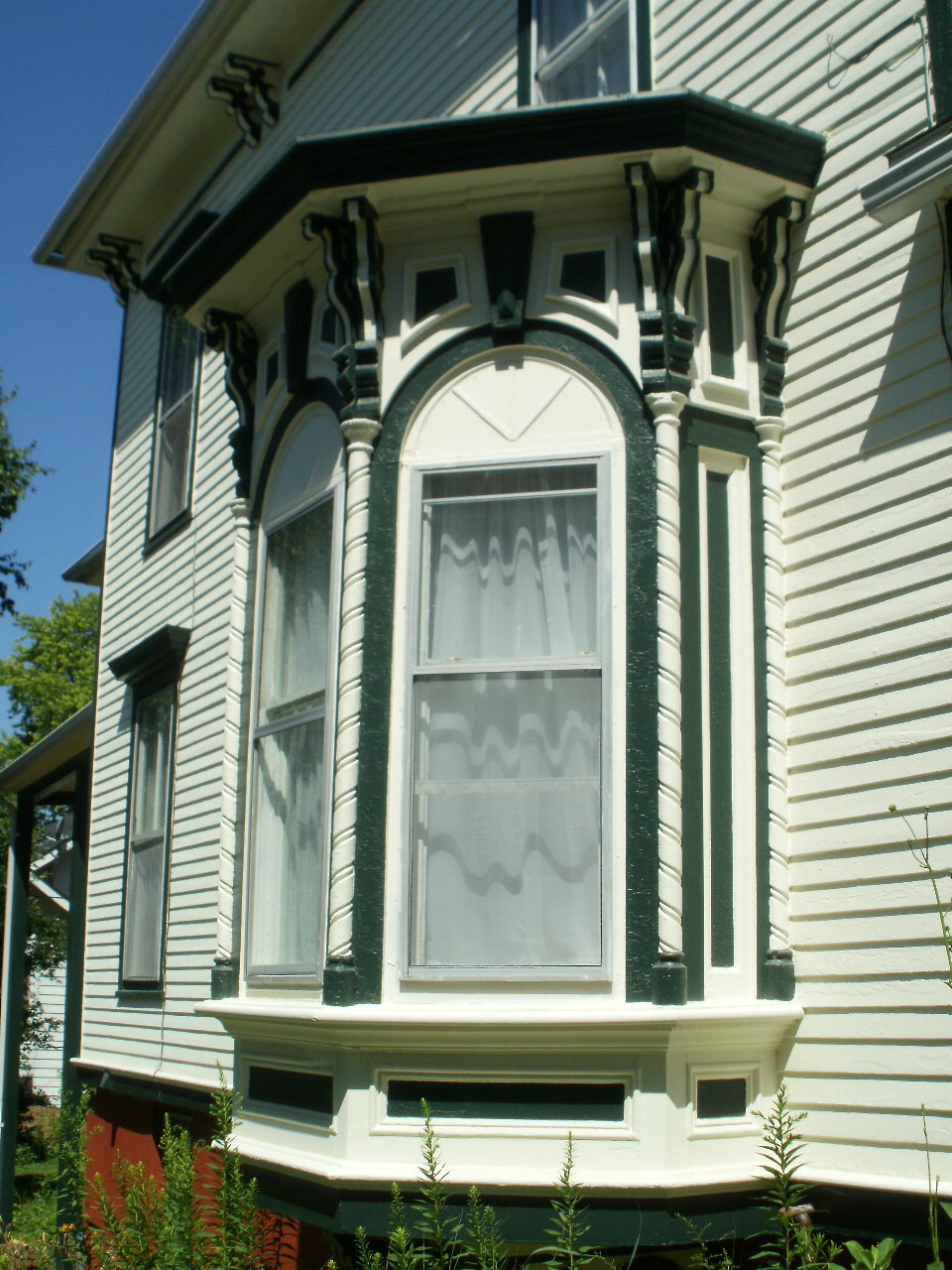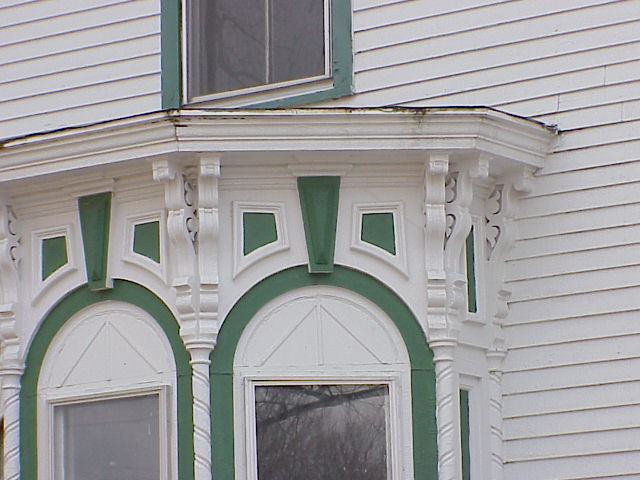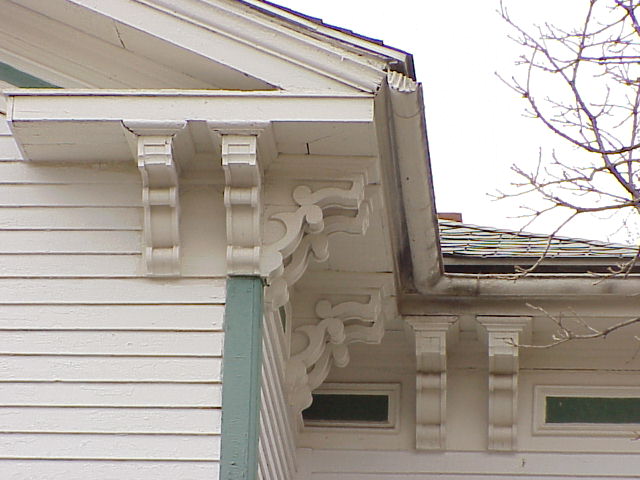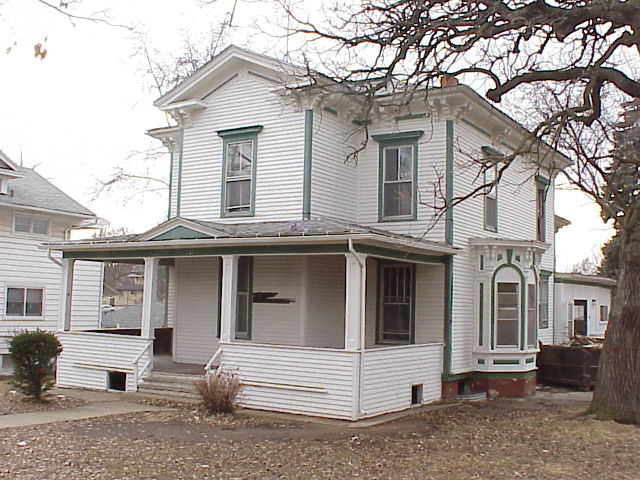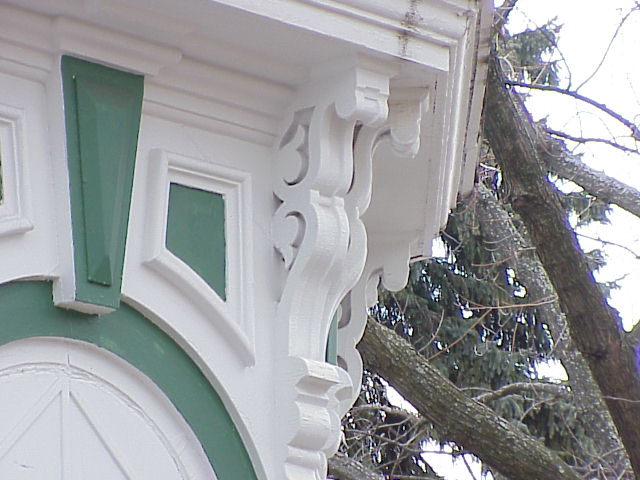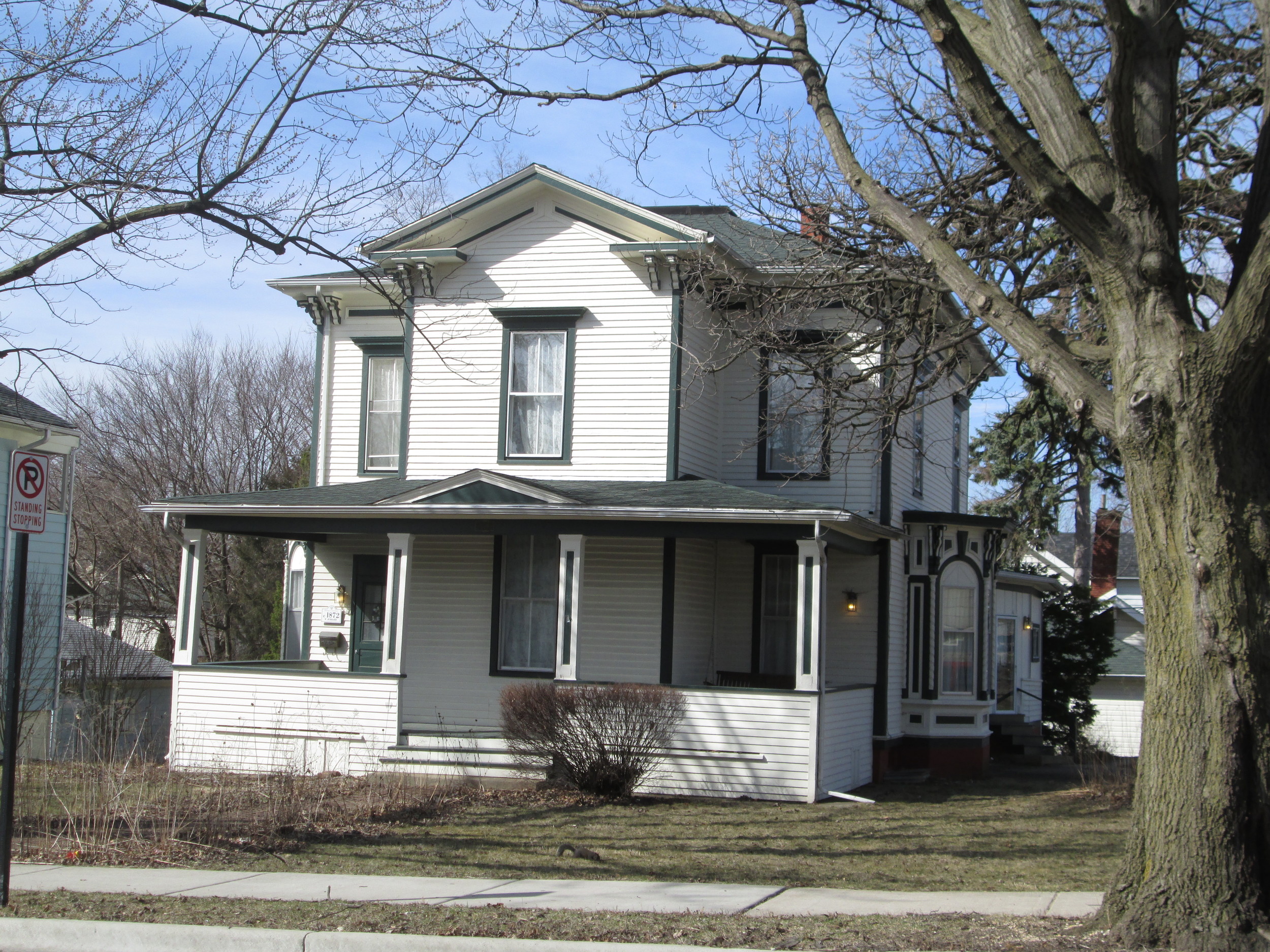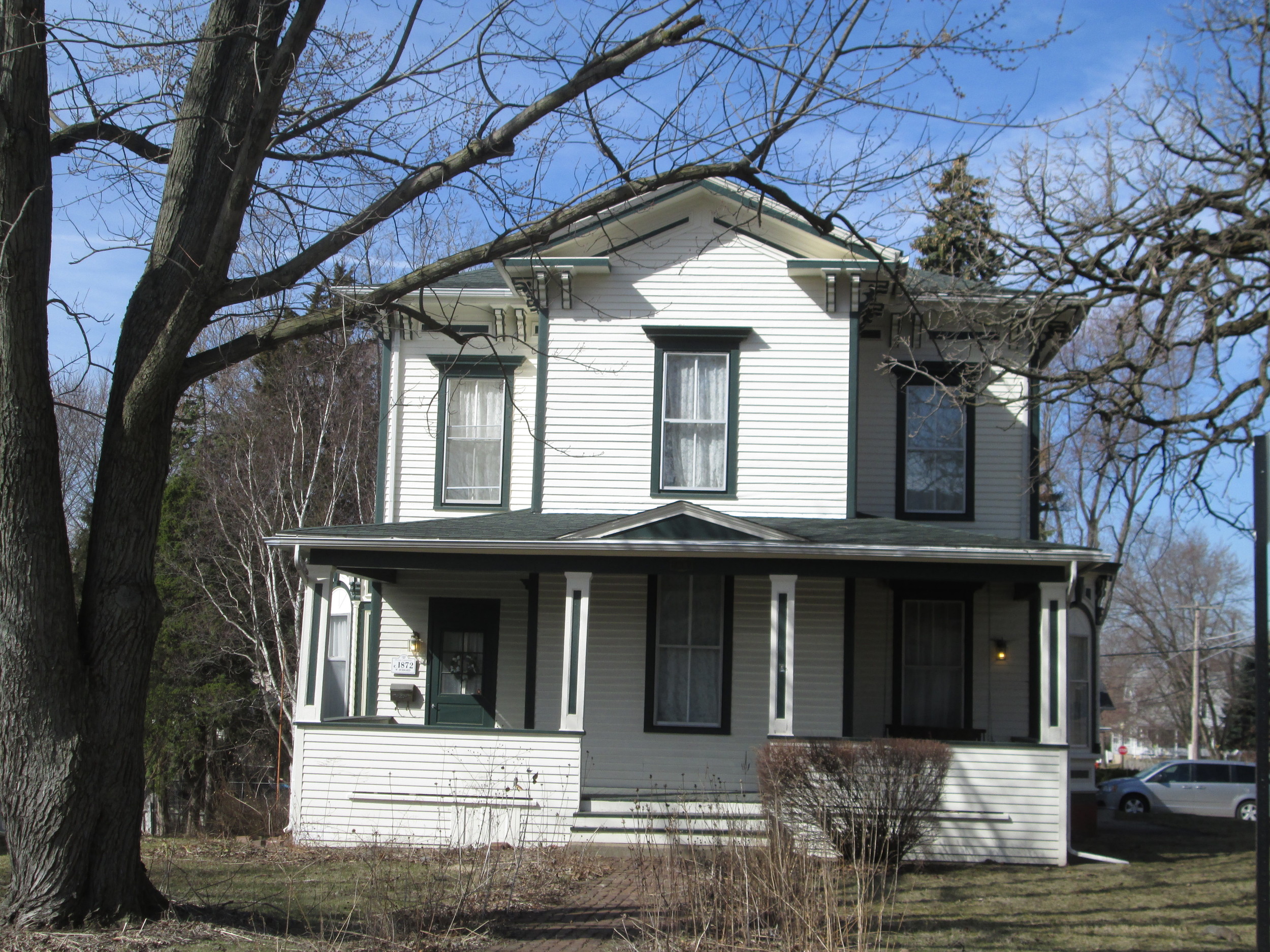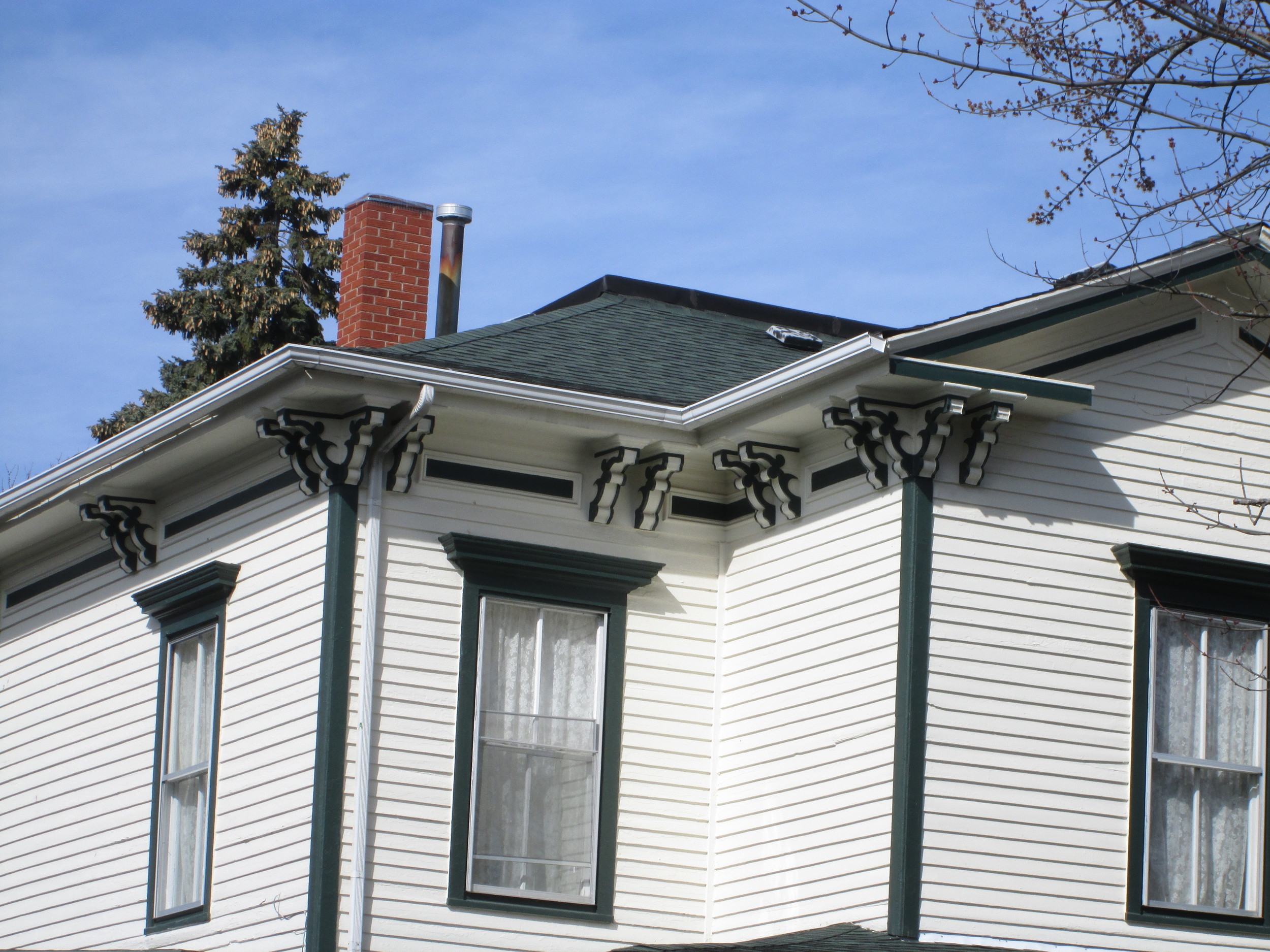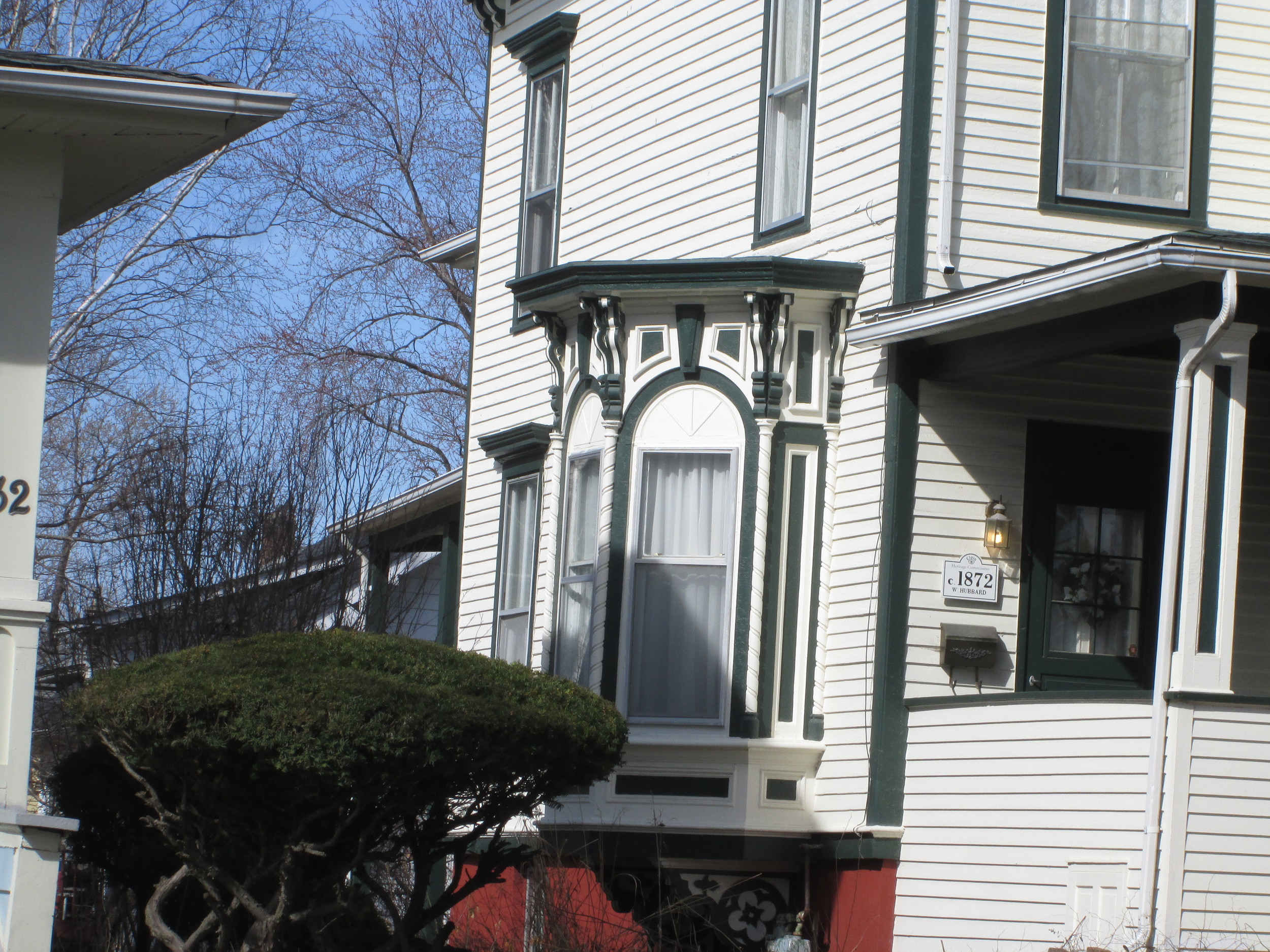140 N. GIFFORD STREET
HISTORIC SIGNIFICANCE
140 N. Gifford was built for William G. Hubbard around 1872. Hubbard came to Elgin in 1843 just as large tracks of land in this area were being sold by the U.S. Government to individuals who settled the area. Hubbard was from Rhode Island and made his way west when he was 32 years old. He married his second wife, Charlotte Wright, after his first wife passed away a year after their marriage. Charlotte was a cousin of B. W. Raymond who was also the one responsible for the Hubbards settling in Elgin.
While not a resident of Elgin, Charlotte's cousin played an influential role in the early development of the city. As early as 1839, Mr. Raymond was a partner in a downtown retail store. Charlotte's husband, William, worked in Mr. Raymond's retail store, which was located on the corner of Spring and Chicago Streets. In addition Mr. Raymond's most significant association with Elgin comes from being a major investor and first president of the Elgin National Watch Company. Raymond Street is named after him. During his lifetime, Mr. Raymond served as a Chicago civic leader and mayor.
Shortly after moving to Elgin, Hubbard opened a dry goods store at the northwest corner of Mill (now Douglas Avenue) and Chicago Streets. The wooden structure was destroyed in a spectacular fire that devoured most of the other wooden buildings on that corner in the mid 1860's. Not yet ready to give up, Hubbard built a bigger and better building in 1874, designating it Hubbard's Block. It was 22 feet wide and 120 feet deep and was connected to the building immediately east on Chicago Street.
Mr. Hubbard was an active member of the First Congregational Church, serving as a trustee for over 35 years. He was a vocal anti-slavery advocate and did not hesitate to address that issue in discussions with others. Hubbard passed away from pneumonia in December of 1883 where his wife, Charlotte, resided at 140 N. Gifford until her death in 1886. After Charlotte's passing, 140 N. Gifford was rented out by their son, William, until it was sold in 1920 to Matilda and Henry Lange.
ARCHITECTURAL SIGNIFICANCE
140 N. Gifford is in the Italianate Style with a center gable subtype. This home is similar in style to the William G. Hubbard's house at 378 Division Street built in 1865 by John and William Key, though 140 N. Gifford is more restrained in its decorative elements. The home is a square formation with a low pitched pyramidal roof, has a two story, center gabled project in the front face with a Greek Revival pediment with a return cornice, and symmetrically placed windows and doors which give the house a balanced look. The greatest amount of decoration is seen in the bay windows on both the north and south facades. Paired brackets, round topped windows, and cutout brackets underneath the bays lend an air of "fanciness" to an otherwise carefully balanced home.
TIMELINE OF PREVIOUS OWNERS
Sources: 2011 Heritage Plaque Application; Audio: TextAloud

